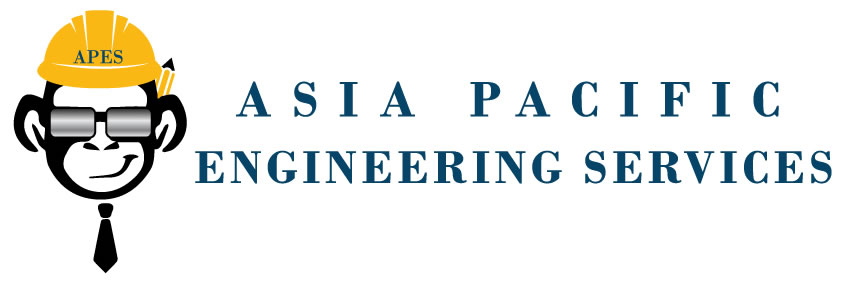Budgeting: A 10-Step Checklist
Go one category at a time, and don’t panic about getting overly detailed. You want your budget to be a useful tool, not something you’re too intimidated to look at. Get an idea of who the granting bodies are, who they typically choose to support, and how much funding they have to offer.
- A nonprofit budget is a planning document used to predict expenses and allocate resources for your organization.
- Below, we explore the major challenges of a nonprofit budget proposal and provide real-world examples of how organizations have successfully addressed them.
- The best way to calculate your expected income is to review your organization’s financial history and base your estimates on that.
- Seeing these things side by side gives you the tools to decide how you can best use your resources.
- Some nonprofits also have earned revenue and an analogous process will work for that portion of the revenue side.
- A program budget focuses on the specific financial requirements of a particular initiative or project.
- This example shows the estimated expenses and revenues of a nonprofit organization that runs community programs.
Get your income right
For each reporting period, the organization assesses its actual performance in comparison to the initial plan, ensuring progress and financial stability. Nonprofits fund employee salaries through diverse revenue streams, including grants, donations, program fees, and earned income. Many organizations include salary costs in grant proposals and build appropriate overhead into their program budgets. Successful nonprofits prioritize competitive compensation to attract and retain talented staff while maintaining transparent communication with donors about staffing costs. Generally speaking, there are two ways to organize expenses in your nonprofit’s operating budget. The natural expense method categorizes costs according to the nature of payments made, while the functional expense method categorizes expenditures based on how they further your organization’s mission.
Master Your Nonprofit’s Budget with Nonprofit Budget Templates from Smartsheet
Start with the tips that address your most pressing needs, then gradually incorporate others as your systems mature. Building operating reserves provides an additional buffer against temporary shortfalls. Regular monitoring and adjustment of these strategies helps ensure consistent program delivery and organizational stability. Also, creating an effective program-based budget requires clear definitions, consistent cost allocation methods, and regular impact assessment.
Facilities Costs
If you have a new nonprofit, I recommend finding an accountant as soon as possible. They may have an affordable consultation fee, but then they generally only charge you on a yearly basis. There are some major differences between for-profit and nonprofit accounting.
The Ultimate Guide to Nonprofit Budgeting (+ Free Template)
Effective cash flow planning aligns spending with financial capabilities, ensuring smooth operations and stability throughout the fiscal year. You need to know how much is coming in, where it’s going, and whether you’re staying on track. This is more than just numbers—it’s a guide to keeping your mission on point. Grantmakers wants to see your organizational budget because it helps them to gauge the financial health and stability of your organization. Set aside a portion of your budget for unforeseen expenses or emergencies. This fund will provide a financial safety net and allow your organization to respond to unexpected events without jeopardizing its financial stability.
- You should revisit your budget every month and compare it to your actual numbers.
- This alignment helps create more accurate forecasts and smoother cash flow management.
- Your nonprofit budget is meant to be a flexible document that changes as your circumstances do.
- It’s crucial that the budget be centered around the primary goals and objectives of the organization.
- Use confidence-level percentages as shown above to budget for the renewal of new versus long-term paying customers and clients.
- These strategies will help secure the organization’s long-term viability.
- This results in more efficient financial processes and improved overall financial health.
A nonprofit operating budget is a financial document that provides an overview of how a nonprofit organization is planning https://namesbluff.com/everything-you-should-know-about-accounting-services-for-nonprofit-organizations/ to spend its money. It also breaks down the nonprofit’s operating expenses and overall costs. The nonprofit operating budget is essentially the financial reflection of what the nonprofit business expects to achieve over a 12-month period (annual budget). The Vermont Community Foundation offers a sample organizational budget template designed to assist nonprofits in planning their annual financial activities. This sample budget outlines various categories for both income and expenses, providing a clear framework for organizations to project their yearly financial operations. The template is aimed at helping nonprofits organize their financial records efficiently, ensuring they can track funding sources, manage expenditures, and plan effectively for future financial needs.
Event Registration Management
- Here are some tips and tools to help ease the pain of building your next budget.
- When you create a nonprofit budget sample, you’ll first need to develop an exhaustive list of program expenses.
- We’re diving into the harmful impact of inflation and sharing ways your nonprofit can weather the storm.
- Our integrated approach empowers organizations to connect deeply with their audiences, expand their reach, and achieve measurable results—all without stretching their resources.
- Keep adding to these tips and best practices and you’ll have the process down in no time.
- The closer to accurate you can get documenting your expenses, the easier it’ll be to stick to your budget.
This non-profit organization template comes accounting services for nonprofit organizations in PowerPoint and PDF formats. It’s a perfect slide to use to provide a visual of your nonprofit’s organizational structure. You can easily copy it into an annual report presentation and update it as your staff or programs change. This organizational chart for nonprofit organizations is especially helpful for new organizations just starting out to get a jump start on their org hierarchy. The term “capital budget” might make you think of capital campaigns—the largest fundraising initiatives nonprofits typically run. Involving key stakeholders in budgeting is essential for fostering accountability and ownership of financial goals.
